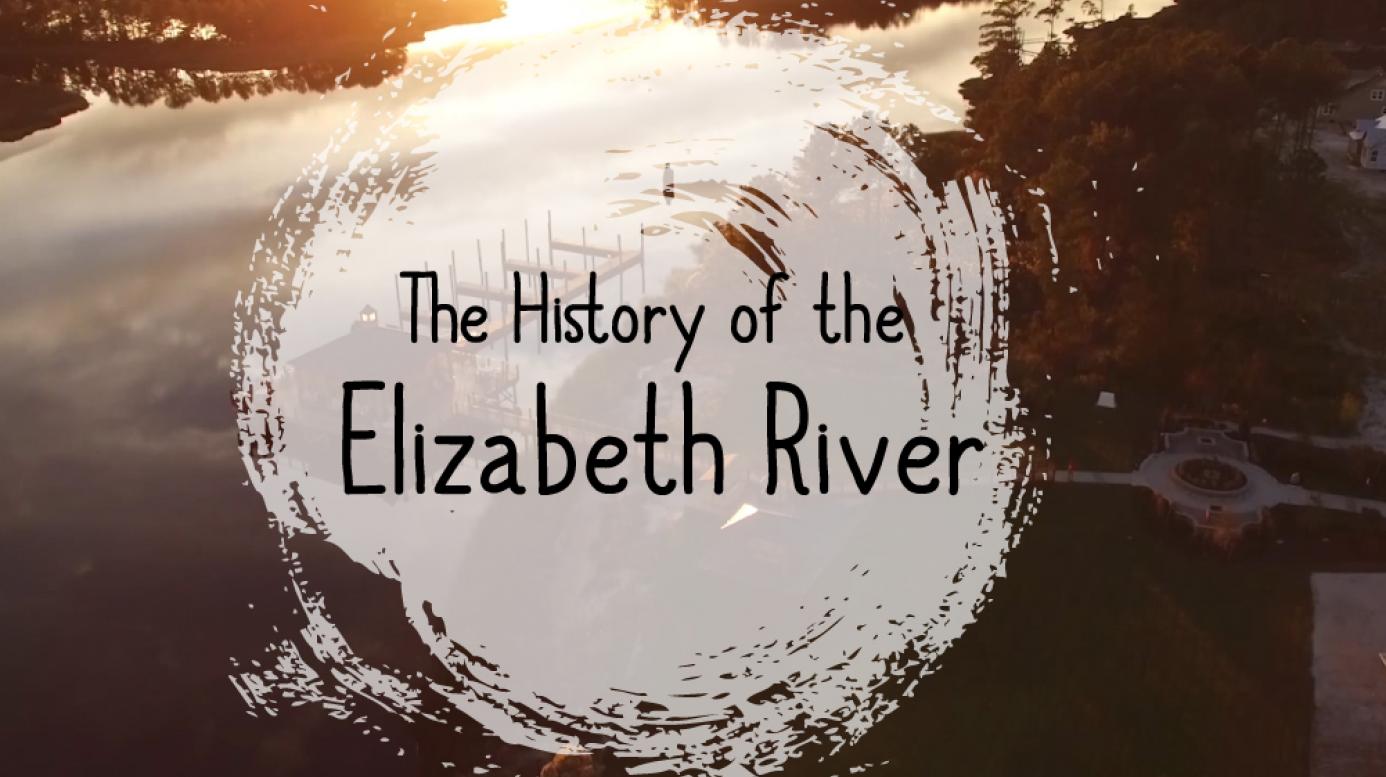
Our newly built WeldenField & Rowe community, Riverview at the Preserve sits on the shore of the southern branch of the Elizabeth River. It's a beautiful location, with plenty of leisure activities available on the water.
It’s easy to appreciate the natural beauty of the river from the waterside pavilion in Riverview at the Preserve, but there’s more to this estuary of the Chesapeake Bay than an opportunity to relax and kick back. The Elizabeth River has been an important part of American history since the colonization of the New World, and was a key part of life for Native Americans in the region for thousands of years before that.
The river covers 21 miles, when you count all of its branches. The main section is 5 miles long, and the mouth of the river, where it meets the Chesapeake Bay, is 2 miles wide. The depth of the Elizabeth River varies widely, since all of the branches are different from each other, but in the main branch it as much as 50 feet deep. The river’s depth today is a result of dredging intended to allow large vessels to travel safely.
Named for a Princess
John Smith (of Jamestown fame) christened the Elizabeth River in 1608 – not in honor of Queen Elizabeth I, who had died in 1603, but of Princess Elizabeth Stuart, daughter of the reigning king, James I. The local Native Americans called it the ‘Chisapeake’.
In Defense of the Nation
The Norfolk Naval Yard was founded in 1767, very close to the river mouth, and would go on to establish the Elizabeth River’s importance to the naval defense of the nation. In 1833, the Norfolk Naval Yard built the first two dry docks in the Western Hemisphere. The USS Delaware, a 74-gun ship of the line, was the first ship ever dry-docked in America. Today the Norfolk Naval Yard’s Dry Dock One is the oldest dry dock facility in service in the United States. The first aircraft carrier in the world, the USS Langley, was built in the dry docks at the Norfolk Naval Yard, and more than 43,000 people were employed at the yard during WWII.
Supporting Homes and Businesses
The Elizabeth River traverses four of the seven cities of Hampton Roads: Norfolk, Portsmouth, Chesapeake, and Virginia Beach. The river’s watershed is approximately 9600 acres, and even touches the Great Dismal Swamp. There are more than 500,000 people living in the Elizabeth River watershed. The Elizabeth River is also part of the Intracoastal Waterway, an inland route that combines natural waterways with man-made canals to make a path all the way to Florida. Safer than travelling on the open sea, the Intracoastal Waterway is used both recreationally and commercially. This secure and protected route is very important for trade and the local economy.
The Riverview at the Preserve community is located quite close to the next jump on this inland route – an artificial canal that connects the south most branch of the Elizabeth River to the North Landing River. Taking this route by boat will quickly bring travelers to North Carolina’s Currituck Sound.
Come live with us at Riverview and enjoy having a piece of history right in your backyard. And don’t forget to fall in love with that beautiful view!

